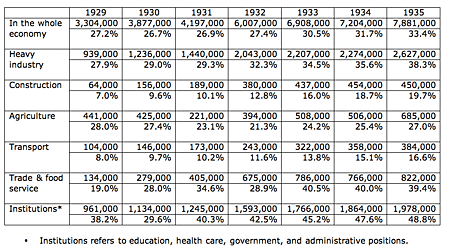Modern (1800 CE - 1950 CE)
Problems in Governing Egypt
Bonaparte’s young secretary was a firsthand, if uncritical, observer who took detailed notes and left his memoirs for posterity. He was clearly enthralled by the young general. Here he describes the difficulty of convincing the Egyptians of French superiority in science.
The Glitter of the Imperial Court
The memoirs of Claire, Countess of Rémusat provide a bird’s-eye view into the operation of Napoleon’s imperial household. Rémusat was a lady-in-waiting to Napoleon’s first wife Josephine. Napoleon wanted an elaborate court to underline his imperial power.
Winning over the Nobles
To make his new hybrid state work, Napoleon curried the favor of the old regime nobles. He needed their approval to make his empire convincing.
The French Civil Code (1804)
Napoleon brought to completion a project dear to the hearts of the revolutionaries, the drafting of new law codes.
Napoleon’s Reasons for Making Himself Emperor (December 1804)
When he made himself emperor, Napoleon clearly rejected the republican form of government. Here he tries to claim that hereditary government is necessary in a large state. The presence of the pope at his coronation seemed to confer legitimacy on the act.
Oath as Consul for Life (4 August 1802)
The oath that Bonaparte took on becoming consul for life gives a good idea of the image that he tried to project: protector of the gains of the Revolution and insurer of order. In retrospect, his claims about not wishing to make war ring hollow.
Women and Stalinism: Newspaper, Women Workers
The increased presence of women in the workforce as a result of industrialization and other aspects of modernization during the 1930s was documented in government publications.
Women and Stalinism: Newspaper, Women’s Work
The increased presence of women in the workforce as a result of industrialization and other aspects of modernization during the 1930s was documented in government publications.

Women and Stalinism: Quantitative Evidence, Women's Education
The increased presence of women in the workforce as a result of industrialization and other aspects of modernization during the 1930s was documented in government publications.

Women and Stalinism: Quantitative Evidence, Women's Employment
The increased presence of women in the workforce as a result of industrialization and other aspects of modernization during the 1930s was documented in government publications.